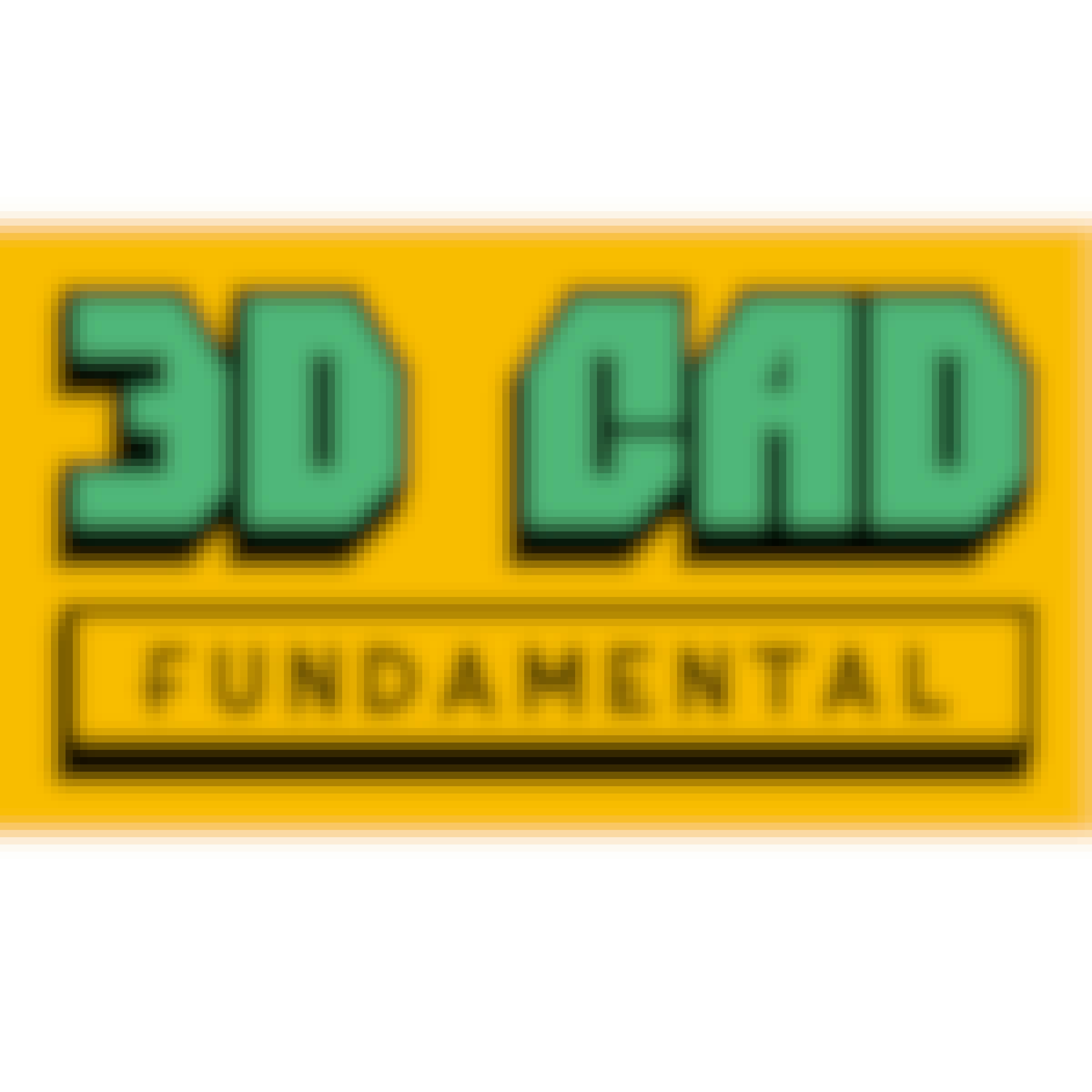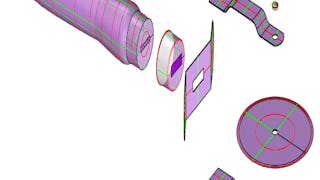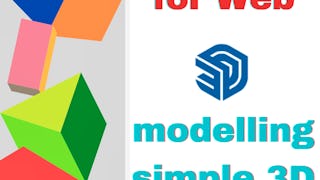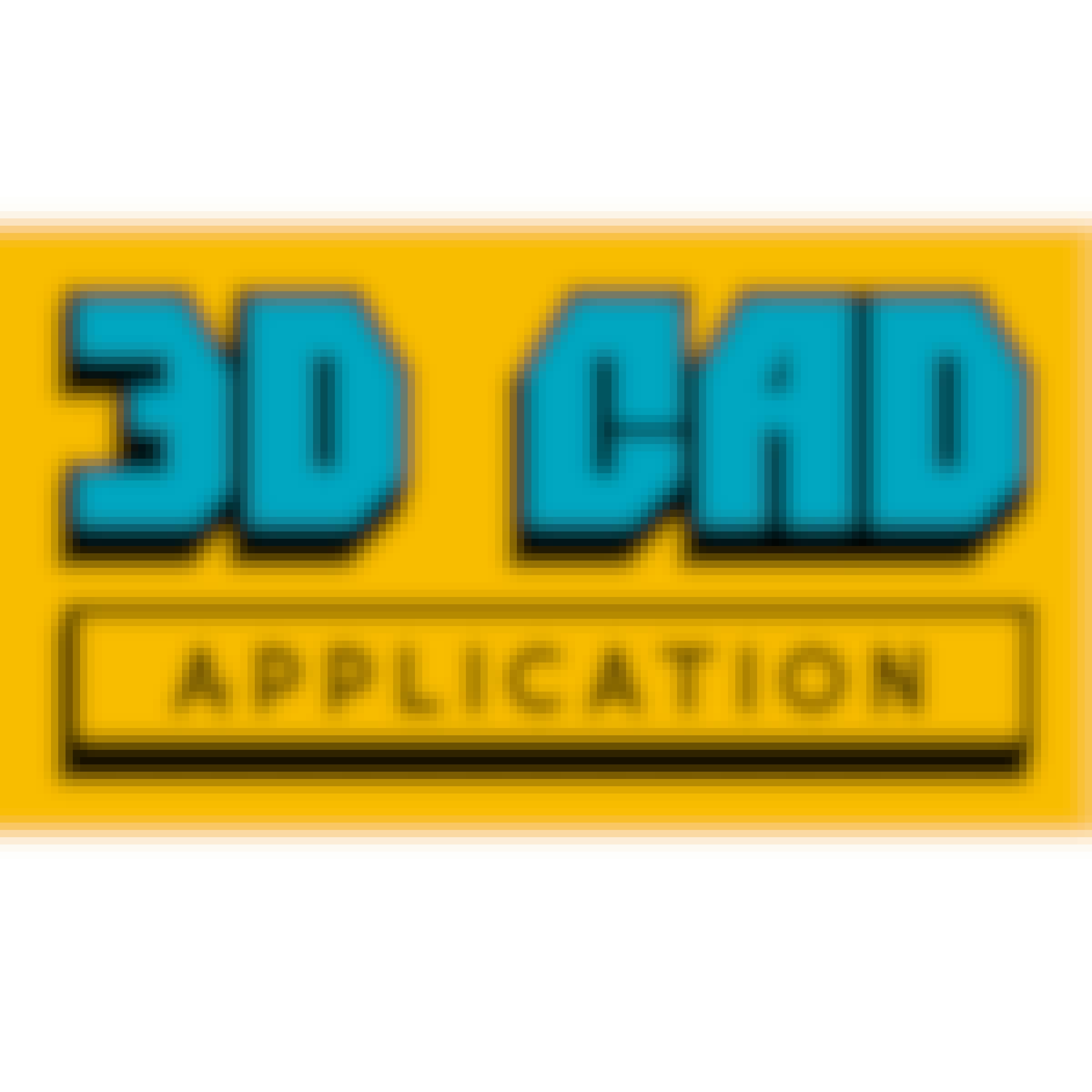Filter by
SubjectRequired
LanguageRequired
The language used throughout the course, in both instruction and assessments.
Learning ProductRequired
LevelRequired
DurationRequired
SkillsRequired
SubtitlesRequired
EducatorRequired
Explore the 3D Course Catalog

National Taiwan University
Skills you'll gain: 3D Modeling, SketchUp (3D Modeling Software), Software Installation, 3D Assets, Visualization (Computer Graphics)
 Status: Preview
Status: PreviewUniversity of Michigan
Skills you'll gain: 3D Modeling, 3D Assets, Visualization (Computer Graphics), Computer-Aided Design, Design, Graphic and Visual Design, Architectural Design, Creativity
 Status: NewStatus: Free Trial
Status: NewStatus: Free TrialSkills you'll gain: Animations, Adobe After Effects, Computer Graphics, 3D Modeling, 3D Assets, Animation and Game Design, Motion Graphics, Image Quality, Visualization (Computer Graphics), Post-Production, Video Editing, Virtual Environment
 Status: Free Trial
Status: Free TrialUniversity of Illinois Urbana-Champaign
Skills you'll gain: 3D Modeling, Design Software, Design Thinking, Intellectual Property, 3D Assets, Hardware Troubleshooting, Conceptual Design, Visualization (Computer Graphics), Computer Hardware, Hardware Design, Emerging Technologies, Industrial Design, Digital Design, Manufacturing Processes, Mechanical Design, Computer Graphics, Computer-Aided Design, Graphical Tools, Product Design, Prototyping

Coursera Project Network
Skills you'll gain: 3D Modeling, SketchUp (3D Modeling Software), Computer Graphics, Visualization (Computer Graphics), 3D Assets, Design Software, Graphical Tools, Product Design, Graphic Design
 Status: Free Trial
Status: Free TrialSkills you'll gain: 3D Modeling, 3D Assets, Graphical Tools, Computer Graphics, Animation and Game Design, File Management, Content Management, User Interface (UI)
What brings you to Coursera today?
 Status: Free Trial
Status: Free TrialArizona State University
Skills you'll gain: Engineering Design Process, Prototyping, Engineering Drawings, Product Design, Product Development, Hardware Design, Research and Design, 3D Modeling, Mockups, Industrial Design, Development Testing, Computer-Aided Design, Usability Testing, Design Specifications, Manufacturing Processes, Cost Estimation, Materials science, Ideation, Mechanical Engineering, User Feedback
 Status: NewStatus: Free Trial
Status: NewStatus: Free TrialSkills you'll gain: Unreal Engine, Animation and Game Design, Video Game Development, Game Design, 3D Assets, Animations, 3D Modeling, Scripting, Development Testing
 Status: NewStatus: Free Trial
Status: NewStatus: Free TrialSkills you'll gain: 3D Assets, Computer Graphics, Technical Design, Visualization (Computer Graphics), Image Quality, Prototyping, Animations, Animation and Game Design, Color Theory, Design Elements And Principles
 Status: NewStatus: Free Trial
Status: NewStatus: Free TrialSkillshare
Skills you'll gain: 3D Modeling, 3D Assets, Color Theory, Computer Graphics, Visualization (Computer Graphics), Computer Graphic Techniques, Image Quality

National Taiwan University
Skills you'll gain: SketchUp (3D Modeling Software), 3D Modeling, Construction, Building Design, Architectural Drawing, 3D Assets, Architecture and Construction, Computer-Aided Design

Coursera Project Network
Skills you'll gain: Canva (Software), LinkedIn, Graphic Design, Graphic and Visual Design, Computer Graphic Techniques, Social Media Content, Professional Networking, Design Elements And Principles
In summary, here are 10 of our most popular 3d courses
- 3D CAD Fundamental: National Taiwan University
- Introduction to 3D Modeling: University of Michigan
- Blender for Filmmakers: Create Floating 3D Objects: Skillshare
- 3D Printing and Additive Manufacturing: University of Illinois Urbana-Champaign
- SketchUp: how to start modelling simple 3D objects: Coursera Project Network
- Foundations of 3D Modelling in Blender: Packt
- Rapid Prototyping Using 3D Printing: Arizona State University
- Unreal Engine 3D Pacman: Design, Build & Animate Game: EDUCBA
- Blender 4 Creator Course Stylized 3D Models: Packt
- 3D Lighting 101 with Nomad Sculpt: Skillshare










